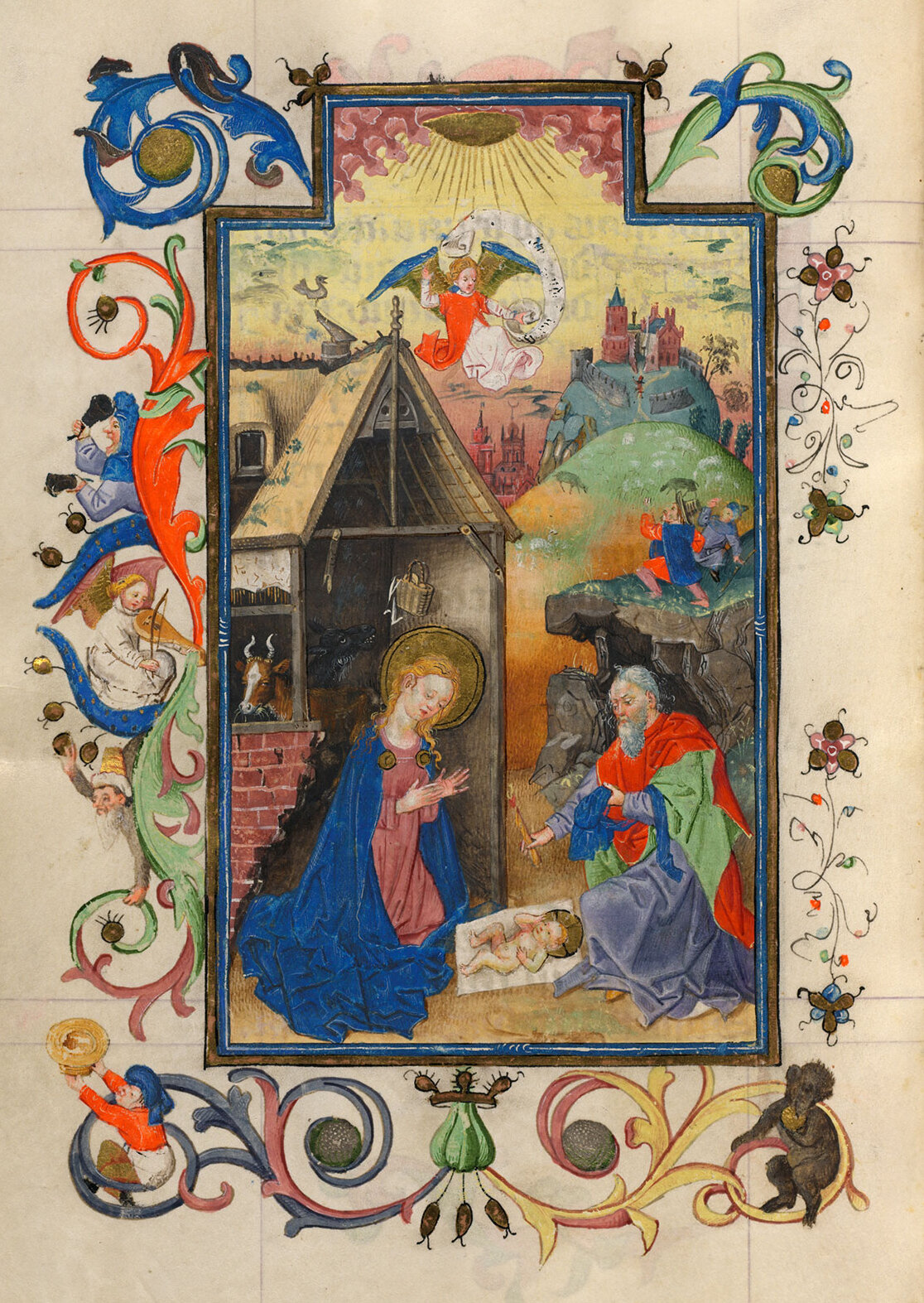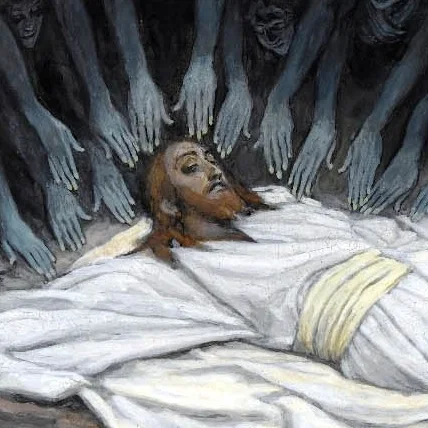The 3D Information on the Shroud of Turin
There is a unique property of the Shroud of Turin which caught the attention of 3D computer graphics artist Ray Downing. Encoded on the fibrils of the cloth is what appears to be 3D information about the shape of the body it may have enveloped. Whether the Shroud proves to be 1st century or medieval, this kind of information is unexpected in an ancient linen.
But what is the difference between 3D and 2D information?
In simplest terms, one can consider a painting or a photograph a 2D image which gives 2D information about its subject matter. That information is 2D because it's flat. Consider the Mona Lisa, for example. No matter how you move when looking at her, you'll never see her profile or the back of her head.
A sculpture is different. With a sculpture you can move around and see it from all sides - it has 3D information.
The Shroud is somehow in between a picture and a statue.
A cloth, like the Shroud, is a 2D object because it's flat. However, if you drape it over a body, it will assume the approximate shape of that body. When you remove the cloth from the body, it straightens out and doesn't retain any of that 3D body shape information. The Shroud of Turin does not retain any of that "draping cloth shape" either. What the Shroud mysteriously does seem to retain is information about the distance the cloth was from parts of the body it rested on as well as parts of the body it was not in direct contact with.
This is true for both the frontal and dorsal images. The relief you see above is the 3D information for the face of the man in the Shroud.
Image can be found here.
BLOG ARCHIVE
It is remarkable and surprising that women play such a prominent role in the gospels as the first witnesses to the resurrection of Jesus.
The Gospels give accurate details about Jesus’ travels and distances to the places he visited.
On Easter morning, John and Peter, after hearing Mary Magdalene’s report that Jesus’ body was missing, raced to the tomb.
A bold move from one of the members of the Sanhedrin.
Holy Week in Art: the Resurrected Jesus Appears to Mary Magdalene.
On the fifth day of Holy Week, Jesus is arrested after Judas betrays him with a kiss.
On the fifth day of Holy Week, Judas and his disciples celebrate the passover meal.
On the third day of Holy Week, Judas Iscariot negotiates with the Sanhedrin to hand Jesus over.
On the third day of Holy Week, the religious leaders confront Jesus in order to entrap him.
On the second day of Holy Week, Jesus cleanses the temple.
On Palm Sunday, Jesus enters Jerusalem on a donkey and is greeted by great crowds.
Illuminated books are beautifully decorated texts.
Mosaic, a beautiful and long-lasting art form.
A new collection of miniature portraits of Jesus that fit in any small space.
Creatinine and ferritin iron nanoparticles found on the Shroud of Turin.
A beautiful and otherworldly depiction of an exhausted Jesus surrounded by angels.
A lovely locket pendant with miniature Jesus portrait based on the Shroud of Turin.
The Shroud of Turin would be of limited interest as an ancient artifact were it not for the fact that the gospel of Mark mentions that Joseph of Arimathea wrapped Jesus' body in a linen cloth for burial.
Our movie Jesus Alive Again has been accepted to compete at GLSF.
Two newly discovered molecules shine light into the aroma of the ancient resin.
tags / Jesus, Jesus death, Easter, Jesus resurrection, Shroud of Turin, Holy Week





























